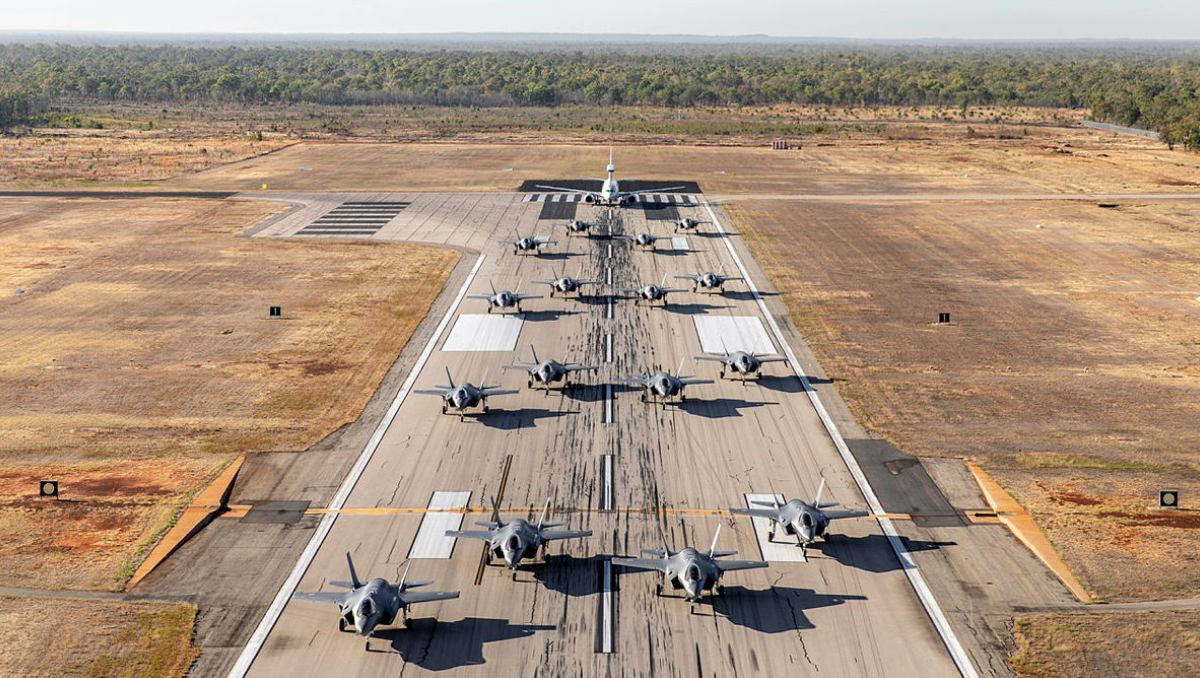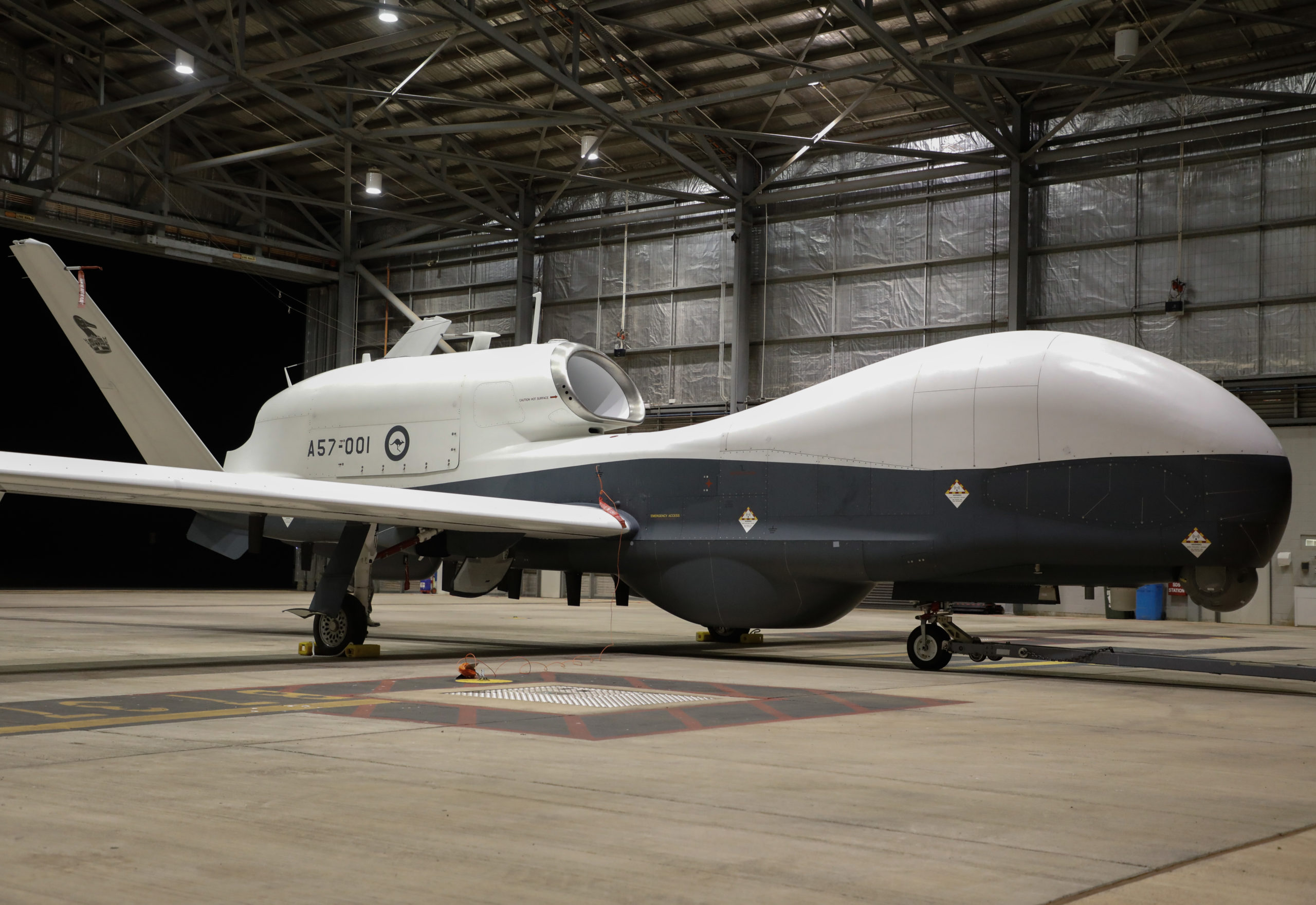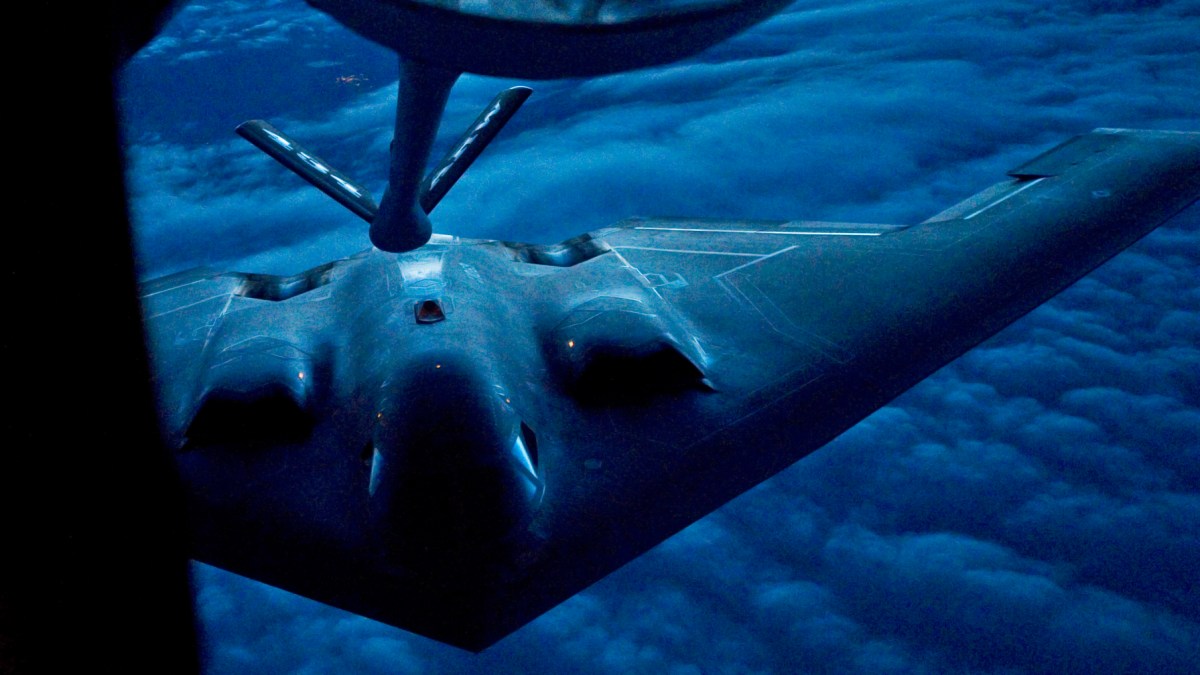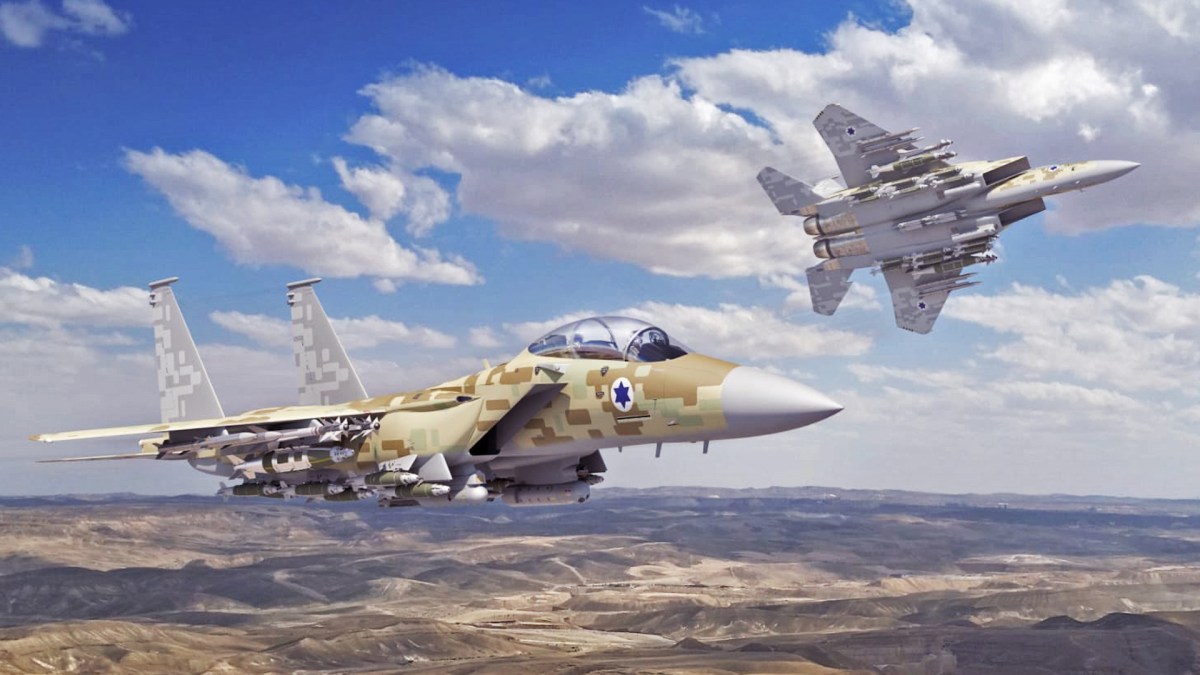downunderblue
Well-Known Member
Anduril seems to be the SpaceX of the US Defense Industry with Palmer Luckey clearly taking the Elon mantle.It appears that Anduril is developing quite a close relationship with the ADF
Only last week he was on Bloomberg (see below ) announcing the Baracuda-M range of cruise missiles stating it "is the most producible cruise missile on the market today: 50 percent less time to produce, 95 percent fewer tools, 50 percent fewer parts—at a fraction of the cost”.
It's amazing how far they have come in a really short space of time. Have a listen to Luckey speak. He seems to have real conviction. I especially like the brashness of this comment: "I don't think the U.S. needs to be the world police. It needs to be the world's gun store".
Assume they could help along the GWEO?
Does anyone want to dare him on Twitter? 500 cruise missiles in 6 weeks or for free, anyone?







